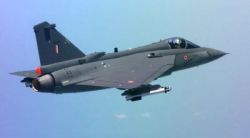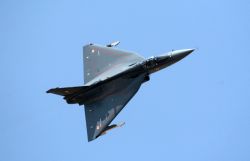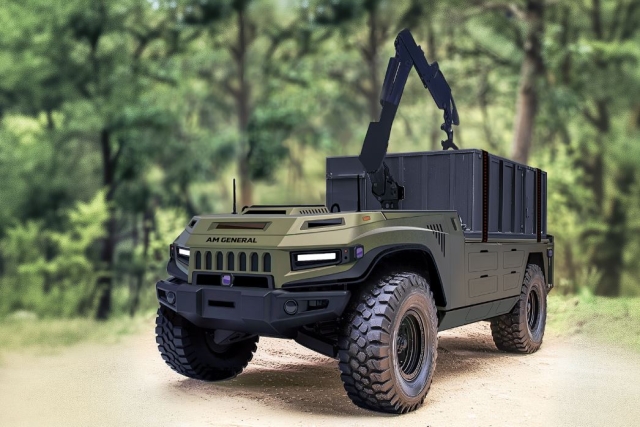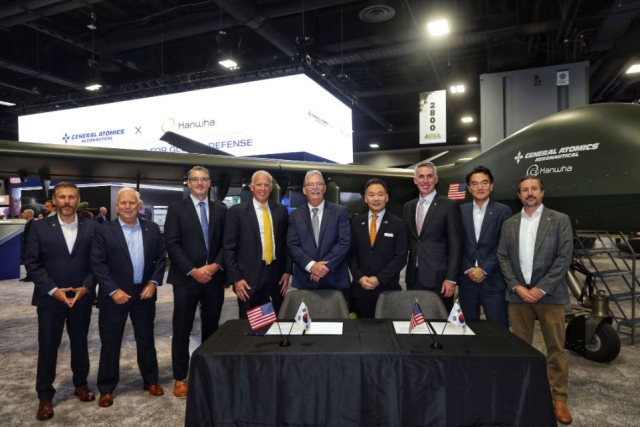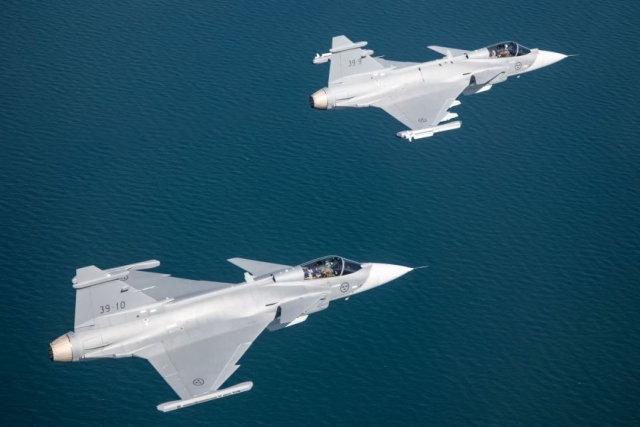Work On India's Stealth Aircraft Project To Accelerate

India plans to speed up work on its Stealth capable advanced medium combat aircraft (AMCA), following the success achieved on its Light Combat Aircraft (LCA) project.
Officials of India’s Defence Research And Development Organization (DRDO) and various media reports point out that the AMCA project should see the light of day in about five to eight years. The fifth-generation fighter aircraft (FGFA) would involve both government owned and private industry unlike the LCA which was developed solely by government owned agencies.
“The product design work of the AMCA has been started by the DRDO and the vehicle is expected to be ready in 2018”, Dr Tamilmani, Director General (Aeronautical Systems) DRDO, was quoted as saying by the media in Vellore, South India last week. He said that the aircraft would be equipped with twin engines with super cruise power and would be using stealth technology to ‘hide’ from radar surveillance.
"Once the project definition and feasibility is completed in the next few months, the defence ministry will go to the cabinet committee on security for approval”, Defense News quoted unnamed Indian defence officials as saying.
Other reports say that India will source a foreign-made engine for the AMCA and that presentations by five to six global aero-engine manufacturers is over but no selection has been done so far. India may involve its private industry into the project to reduce development cost and grow its own aerospace industry.
The capabilities of the AMCA would be close to that of the current 4.5 generation fighters such as the Rafale and Eurofighter and the fifth generation F-35. India’s decision to hasten the AMCA project would have been guided by speed at which China is developing its own fighter aircraft fleet such as the JF-17 and stealth FC-31.
Also, the delay in the Russian fifth generation fighter project, in which India is a development partner is worrying New Delhi as that would mean surrendering the technological lead to China.
“There will be a lot of news concerning the AMCA project, a source familiar with the AMCA told Defenseworld.net. The AMCA will be next buzzword in domestic Indian defence. One possibility is that the returns from the offsets of the MMRCA project would be invested in developing a technological and industrial base for the AMCA.
Given the experience gained from the LCA project which India was able to pull off despite technology denial by the US in the aftermath of the Indian nuclear tests in last 1990s, the confidence level of Indian agencies such as the DRDO and the Aeronautical Development Agency is very high. The current political leadership of Prime Minister Narendra Modi is committed to indigenous development and can be expected to fully back the project in terms of funding and speedy decision-making.
